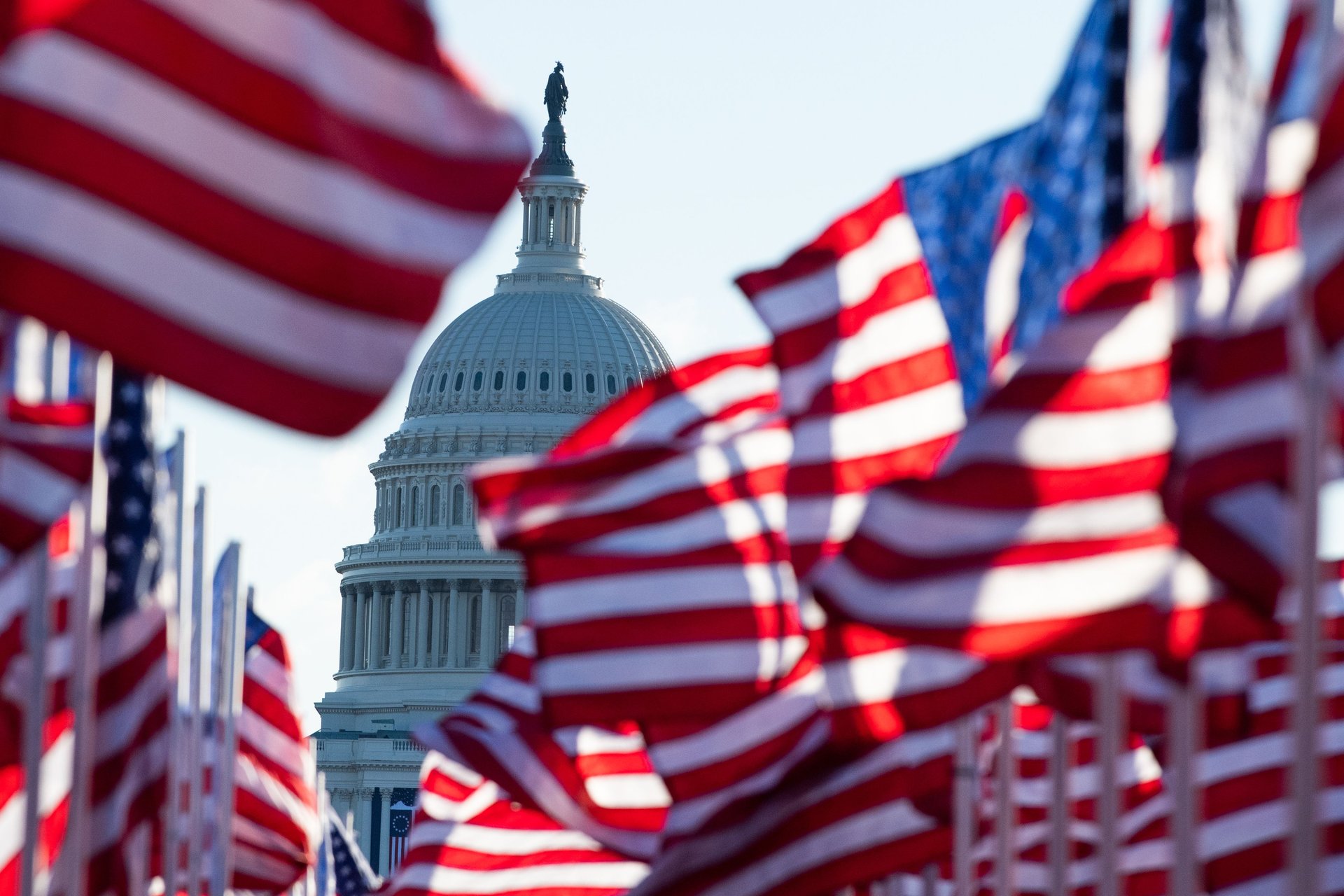With last week’s election behind us, we now brace for what may be ahead based on President-elect Trump’s campaign messaging.
Please rest assured that we have been paying very close attention to the significant business concerns that the American fashion industry is likely to face in 2025 – and onward.
The CFDA will continue to work closely with the American Apparel & Footwear Association, the National Retail Federation and similar trade organizations and coalitions in a collective effort to help you navigate the proposed policies, possible implications and challenges related to tariffs, trade, consumer spending, etc.
Key Challenges
Proposed Tariffs on Imports: New tariffs, which could include a suggested 10-20% universal tariff on all U.S. imports and a specific 60-100% rate for Chinese goods, would increase costs for brands reliant on international supply chains. Adjusting sourcing strategies may become necessary.
* Congress is considering revoking PNTR status for China, which would cause higher inflation and a short-term decline in US gross domestic product relative to baseline from which the economy never fully recovers.
Market Volatility and Supply Chain Risks: Market fluctuations related to trade policies could impact pricing and sourcing, with brands potentially needing to shift production to countries with more favorable trade terms.
Labor Costs and Workforce Challenges: Potential changes to immigration policies and labor laws could impact the availability and cost of labor within the fashion industry. Brands may need to plan for potential increases in labor expenses.
Consumer Spending Impact: Estimates project a potential reduction in consumer engagement and spending – by $78 billion – driven by increased costs and economic uncertainty. As a result, brands may see shifts in demand for apparel, footwear, and accessories. 2024 Holiday sales are likely to be impacted.
Logistics Frustrations: Freight and transportation challenges seem to be everywhere. We are now observing the one-year anniversary of the Houthi attacks on Red Sea shipping, which has caused freight diversions. U.S. East Coast labor negotiations are ongoing with a potential strike occurring on January 15, 2025 (see below). Canada rail and port disruptions are almost monthly (port closures have been temporarily resolved this week) and congestion on U.S. West Coast and rail networks has been growing, particularly as companies are scrambling to ship early to avoid potential new tariffs in January.
Suggested Recommendations to Consider
Evaluate Your Supply Chain to Understand Potential Risk and Impact: Review your sourcing options and consider diversifying suppliers to reduce potential tariff impacts. Alternative markets may offer more favorable terms to mitigate cost increases.
Stay Flexible in Pricing and Inventory: In response to potential shifts in consumer spending, evaluate your inventory and pricing strategies to see where you might adapt to changes in demand.
Prepare for Labor Adjustments: If labor costs increase, consider upskilling current employees, optimizing production processes, or exploring new technology to maintain efficiency and manage expenses.
Stay Engaged with the CFDA: The CFDA is here to support you, and your success – especially during challenging times. We are prepared to advocate for policies that will protect our industry’s interests, and will share all relevant information with you in a timely manner. Please be sure to read the Member Newsletter each week to stay apprised of our work related to the latest Trade and Labor developments. Further, please share with us anecdotes about what you are doing to mitigate risk and what problems you may encounter. The health or our community is strengthened as we are able to digest and share (if appropriate) this information with each other, with partners (such as AAFA and NRF), and with other policy officials to help seek cures.
Be Prepared to Advocate: Finally, while it is too early to say exactly how the new Administration will refine and promulgate its new tariff proposals – either through Executive Action or by working with Congress – there will likely be opportunities later this year and during 2025 when the CFDA and its Members can work with partner groups to visit with our elected leaders to make sure they understand the consequence of tariff policies on U.S. fashion jobs. We were proud that our community was at the forefront of efforts to “get out and vote” – – but our civic responsibility continues as we tap into our First Amendment rights and responsibilities to petition our government for the policies we need to support a healthy and competitive U.S. fashion industry.
Sources:
- https://nrf.com/media-center/press-releases/trump-tariff-proposals-could-cost-americans-78-billion-annual-spending
- https://nrf.com/research/estimated-impacts-proposed-tariffs-imports-apparel-toys-furniture-household-appliances
- https://www.cnn.com/2024/11/08/politics/tariffs-donald-trump-strategy/index.html
- https://www.fashiondive.com/news/donald-trump-president-election-reactions-2024-supply-chain/732276/?utm_source=Sailthru&utm_medium=email&utm_campaign=Issue:%202024-11-07%20Fashion%20Dive%20%5Bissue:67647%5D&utm_term=Fashion%20Dive



